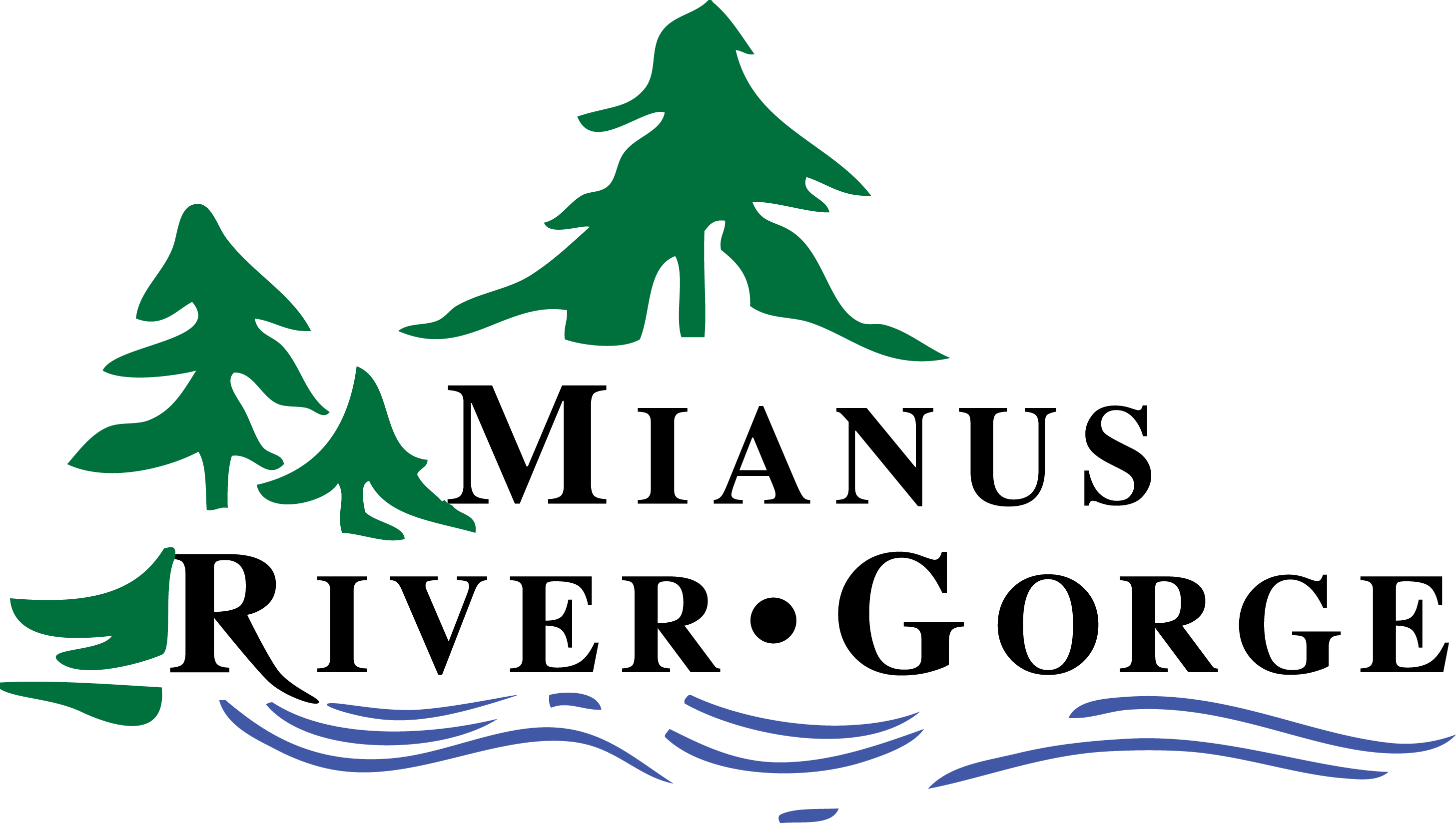Too many deer is a common problem to many suburban areas of the northeast. And like most of our environmental problems, it is ultimately a human-caused problem. Deer were nearly exterminated in NYS and CT by the end of the 19th century. Active reintroduction programs, new hunting regulations, the reforestation of NYS in the 20th century, and the extirpation of large of wolves and cougars led to the rapid recovery of white-tailed deer. These same forces have allowed the pendulum to swing the other way with deer densities now exceeding what is sustainable for forest regeneration in many areas.
Suburbanization was a major contribution to this phenomenon. Hunting is much less a cultural pass-time among suburbanites than among rural folk. Second, with every shrub they plant and every dose of fertilizer they add, humans subsidize the food that deer would normally only find in forests and fields. As deer densities rise and food becomes sparse in the forest, deer rely on suburban lawns for a meal.
Deer are traditionally browsers – they feed on woody shoots and buds. But, as their populations have grown, the true breadth of the deer’s diet has become known. Deer will consume many, many different species of trees and wildflowers. And with such a broad diet, deer become ecosystem engineers: They can reshape their environment with very broad impacts on other creatures living the forest.
